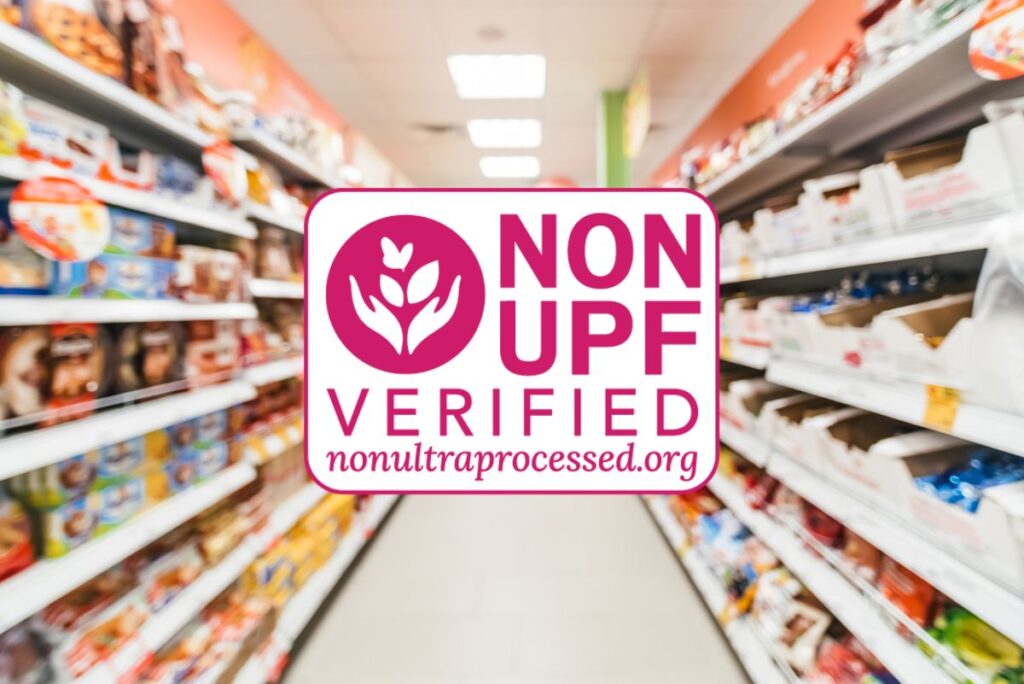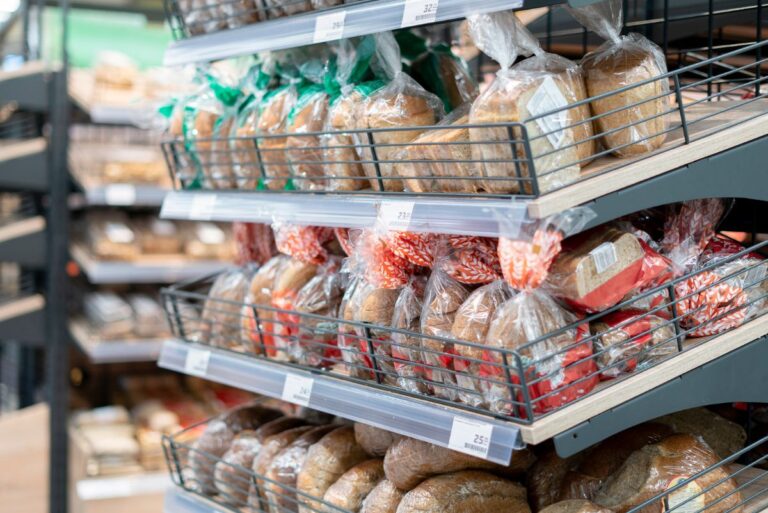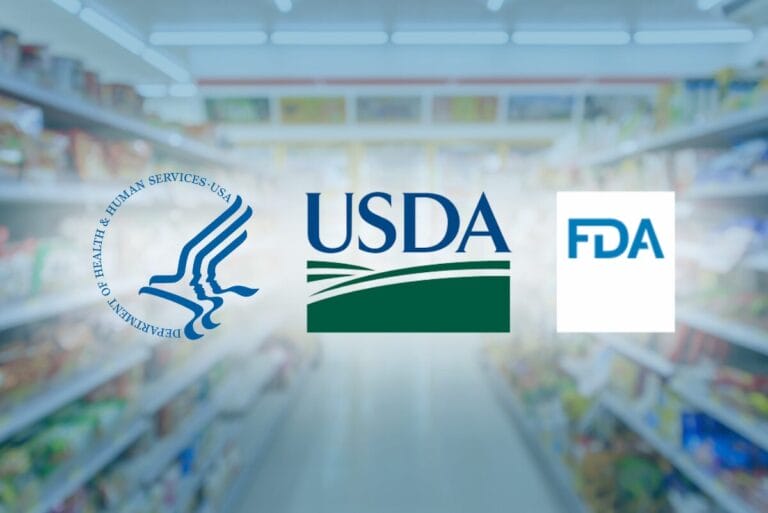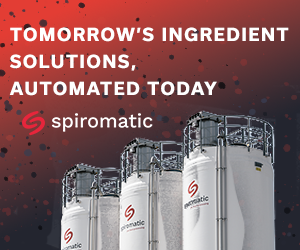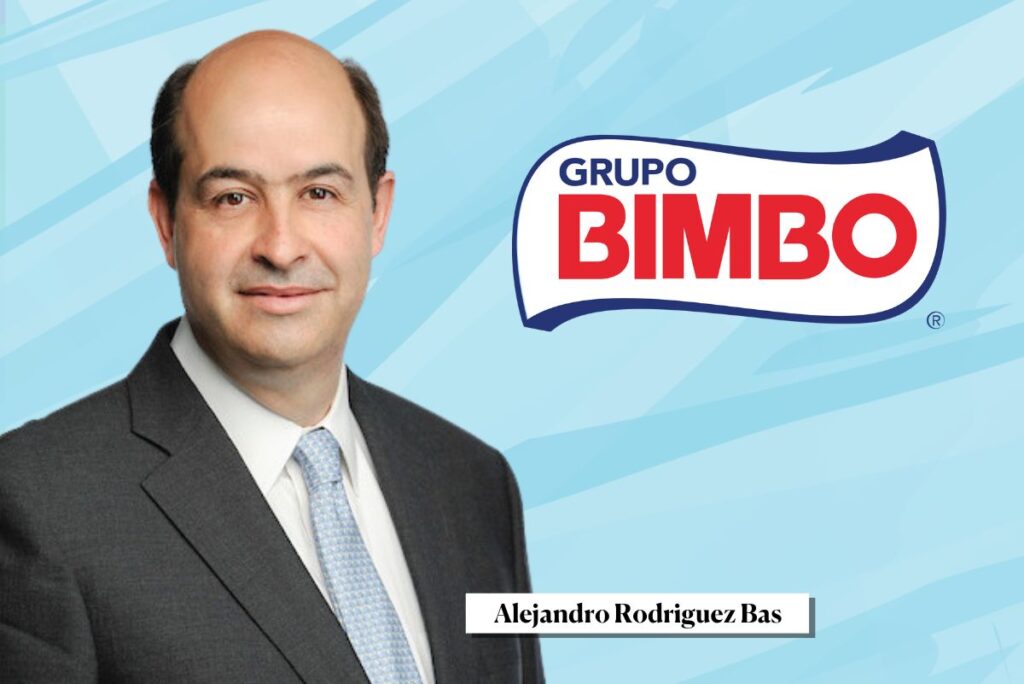BELLINGHAM, WA — The term ultra-processed foods (UPFs) has been a buzzy subject among food producers and consumers alike. With government agencies working to define this product category, other organizations such as the Non-GMO Project are making an effort to help consumers identify UPFs.
After announcing the Non-UPF Verified program at the start of the year, the non-profit organization unveiled its first edition.

